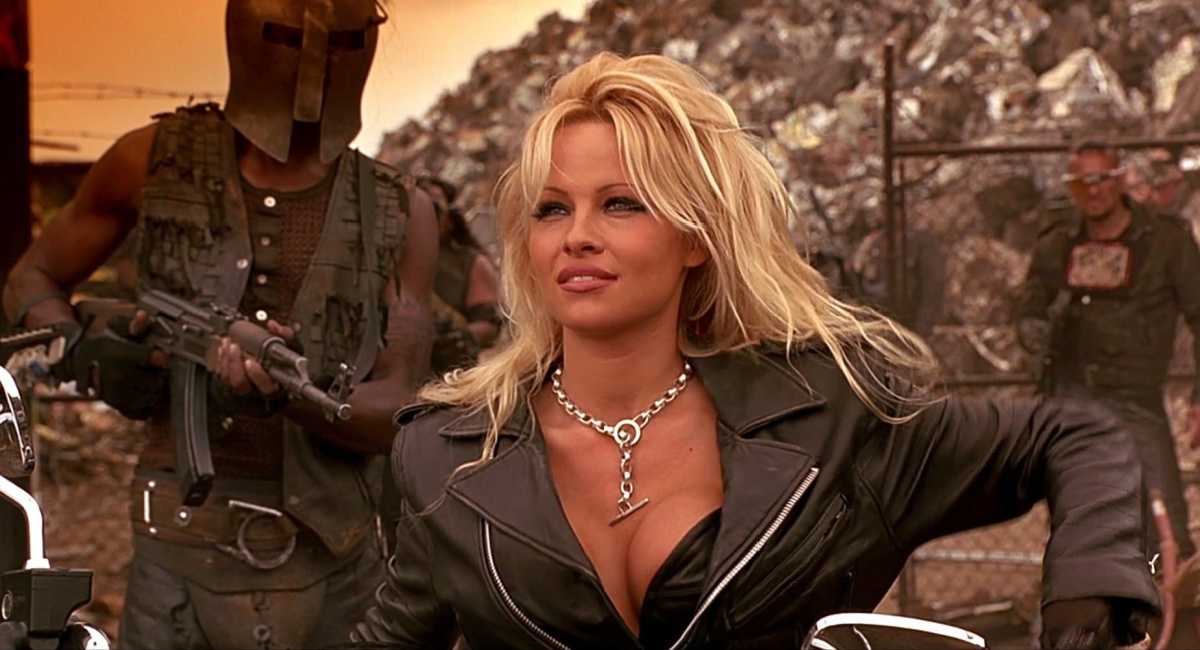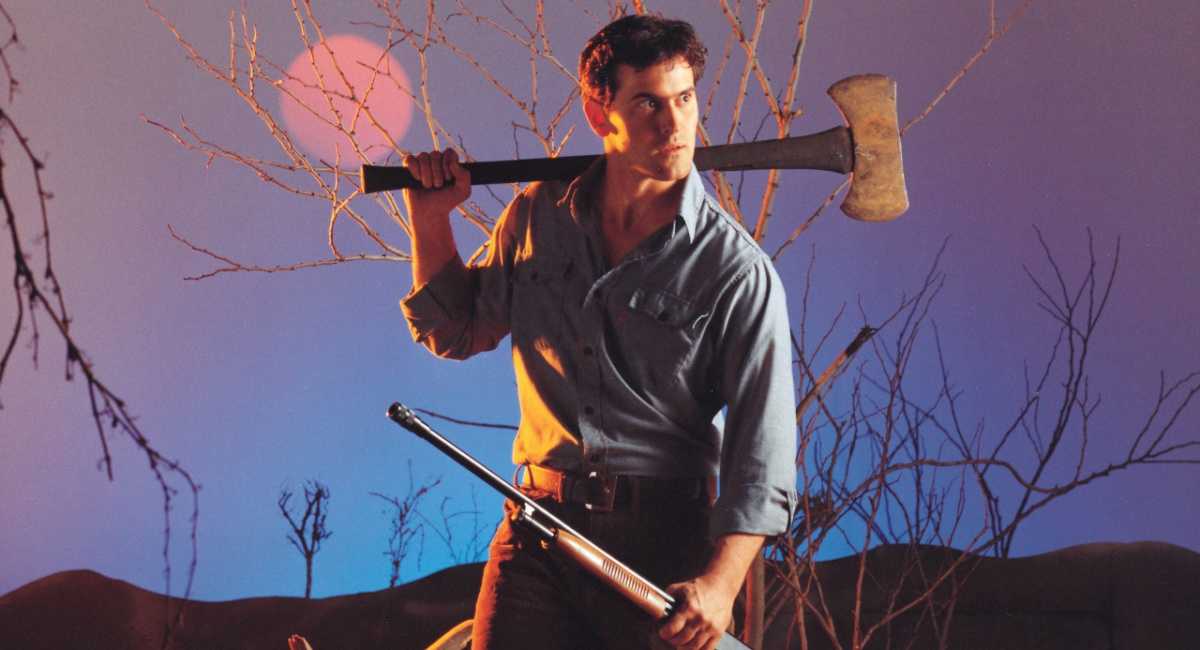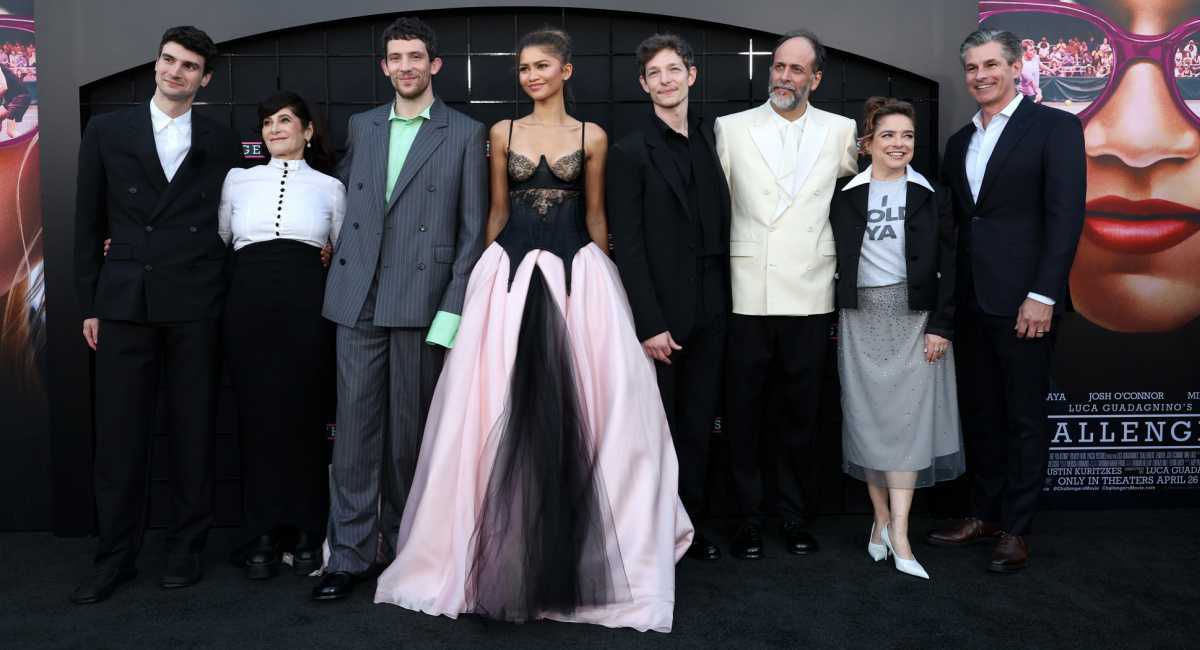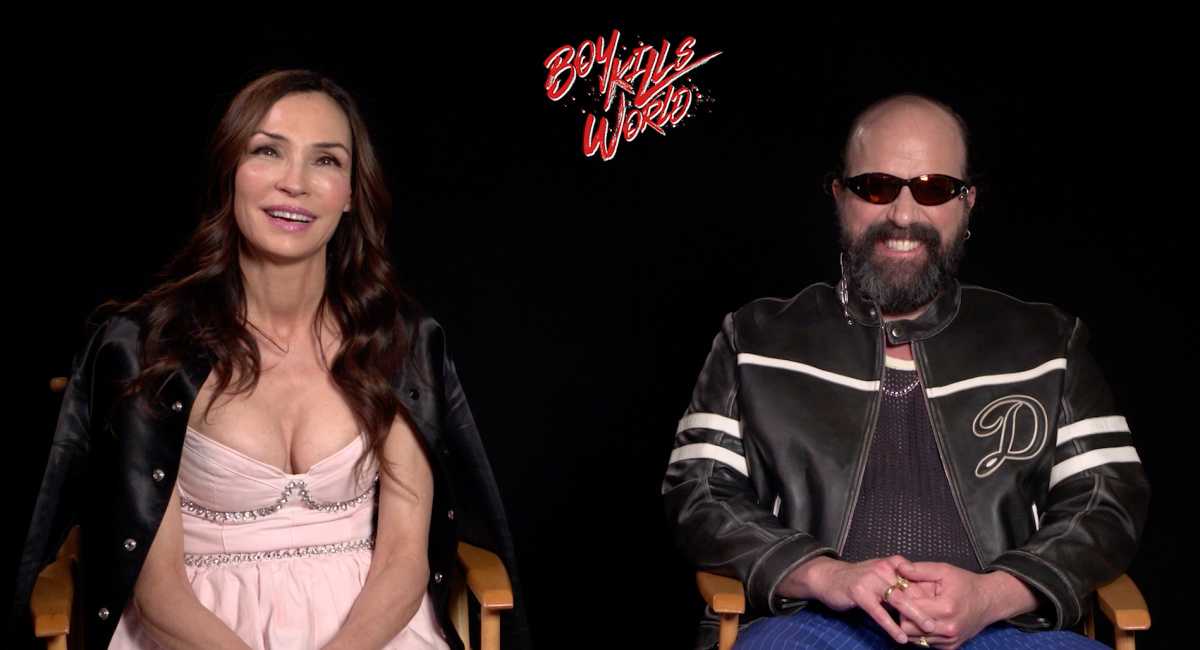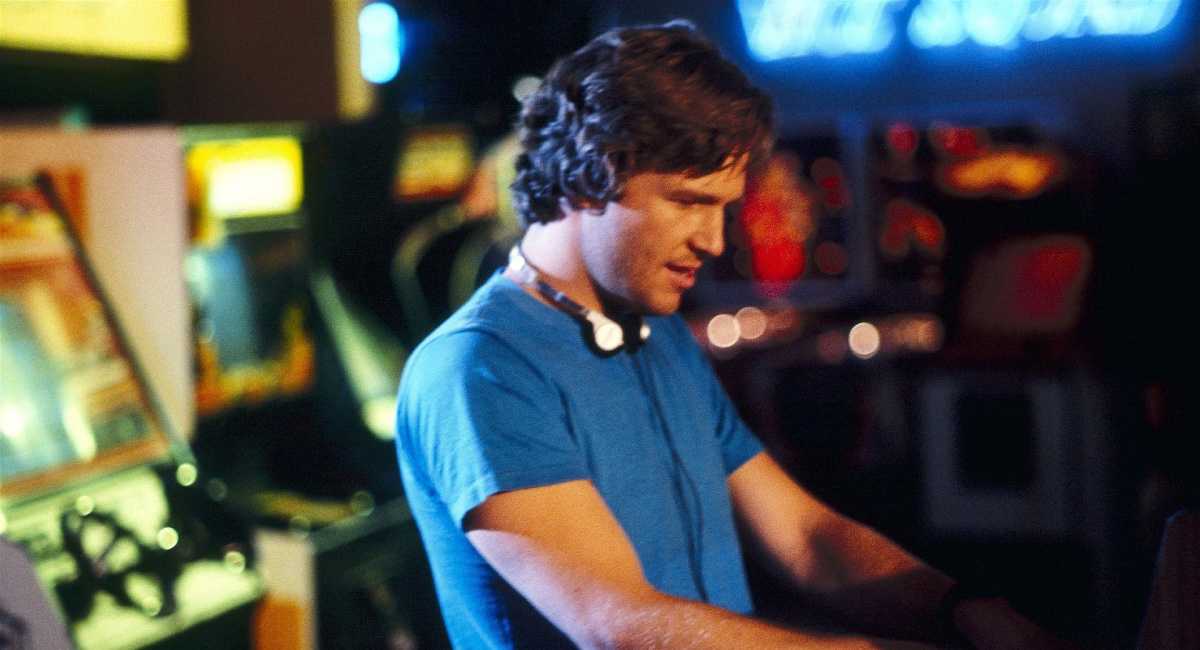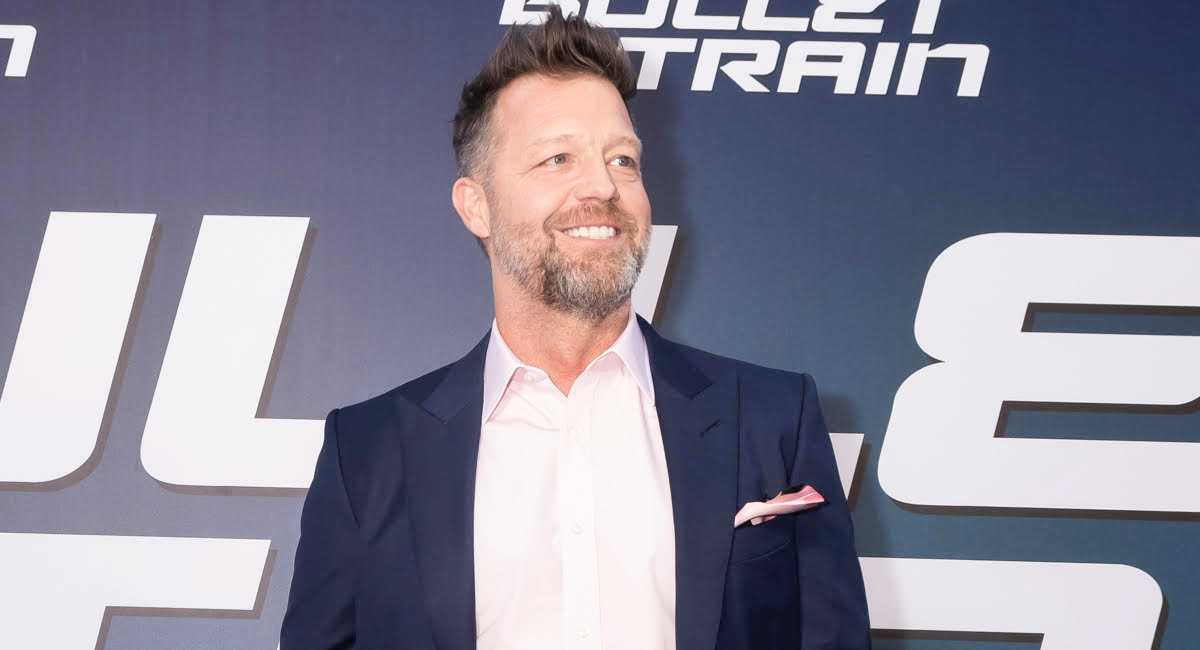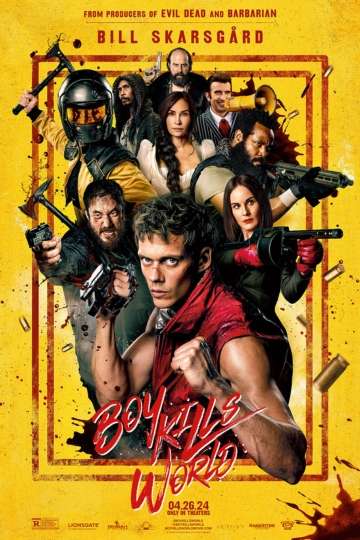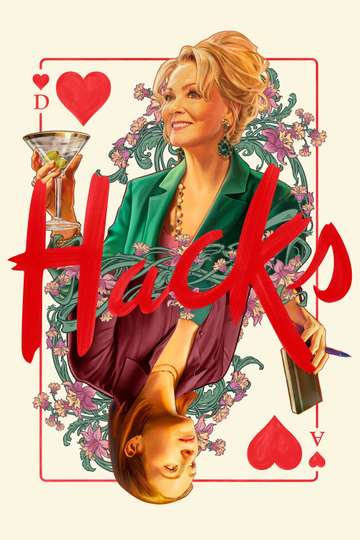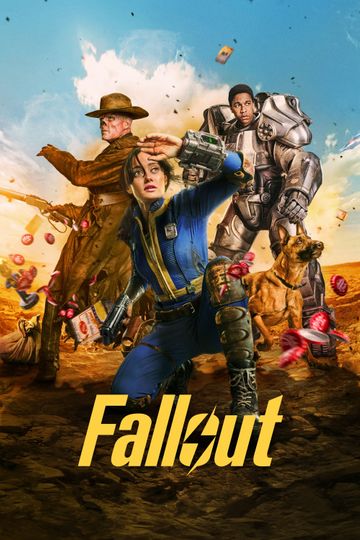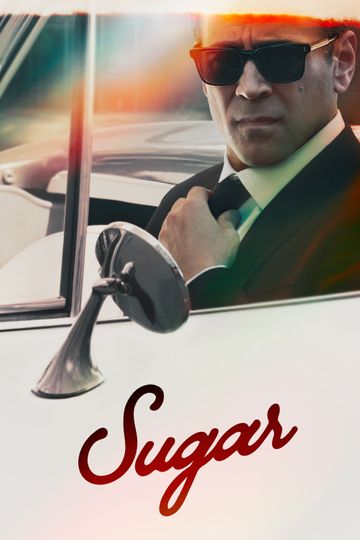'San Andreas' vs. 'Aloha': A Cautionary Box Office Tale
Everyone complains that Hollywood doesn't make original movies anymore, but when the studios actually do, they don't always know how to sell them. That was the lesson of "Tomorrowland" last weekend, and it's the source of this weekend's cautionary box office tale involving two more original wide-release movies, "San Andreas" and "Aloha."
Neither movie got very good reviews, but "San Andreas" was generally considered a sure thing, while "Aloha" was expected to disappoint. In fact, "San Andreas" opened on top with an estimated $53.0 million, well above the $35-to-$40 million pundits had predicted. Conversely, "Aloha" debuted in sixth place with an estimated $10.0 million, at the bottom end of its meager $10-$13 million expectations.
Though one is a big-budget disaster movie and the other a mid-budget romantic dramedy, the two films had a lot more in common than you might think. And yet, those elements proved an asset to one and a detriment to the other. Turns out these things matter -- except when they suddenly don't. No wonder predictions for both films were so far off.
Here's what each movie had going for it -- or against it.
Star power. "San Andreas" and "Aloha" both feature A-list male leads coming off the biggest hits of their careers -- "Furious 7" for Dwayne Johnson and "American Sniper" for Bradley Cooper. Of course, the disaster movie is a perfect fit for Johnson's action-hero résumé. Three-time Oscar nominee Cooper is a more versatile actor, but maybe his strong identification with "Sniper" hurt him with audiences who have a hard time seeing such an intense dramatic actor play a low-key romantic lead. (He hasn't really played this sort of part too often, and even in "Silver Linings Playbook," he was more intense than charming or funny.) That's not a knock on Cooper's performance, just an observation that The Rock has made a career out of satisfying audience expectations, while Cooper routinely defies them.
The fact that "Aloha" also has Emma Stone and Rachel McAdams -- and that neither of them helped sell tickets -- seems further proof that stardom doesn't matter that much at the box office. Paradoxically, "San Andreas" shouldn't have needed any star power at all; disaster movies are all about the spectacle of destruction, not the actors dwarfed by the spectacle. And yet, if Johnson weren't the star, "San Andreas" probably would have made just the $35 to $40 million that observers had predicted.
Female appeal. "Aloha" was thought to be strong counterprogramming to "San Andreas." After all, it's a romance with a handsome leading man and a spunky-everygirl leading lady (Emma Stone). Indeed, Sony exit polling showed an audience for "Aloha" that was 64 percent women. But "San Andreas" wasn't the macho action fest that Sony might have wanted as competition. Exit polling by Warner Bros. revealed an audience that was 51 percent female. Indeed, Johnson seems to appeal to women as much as he does to men, which is one reason for the success of his "Fast and Furious" installments. Plus, "Aloha" had to go up against several other recent releases with strong appeal to women, including "Pitch Perfect 2" (No. 2 this week with an estimated $14.8 million), feminist action epic "Mad Max: Fury Road" (No. 4 with an estimated $13.6 million), and even "The Avengers: Age of Ultron" (at No. 5 in its fifth weekend, still pulling in an estimated $10.9 million, for a slight edge over "Aloha" that may vanish when final figures are released on Monday).
Older audience appeal. "Aloha" is certainly a movie for grown-ups, and Sony polling found 57 percent of its audience to be over the age of 30. But "San Andreas" pulled in older moviegoers in even bigger numbers, with 70 percent of its audience over age 25. With both films competing for the same ticketbuyers, "Aloha" didn't really stand a chance.
Director with a track record. Not that "San Andreas" shooter Brad Peyton has much of one. It's only his third major release, after the "Cats & Dogs" sequel and the "Journey to the Center of the Earth" sequel. Still, the latter movie proved that he and Johnson can make hits together. Plus, all three of his wide releases have been in 3D, which turned out to be a huge plus this time. "San Andreas" made 44 percent of its earnings from 3D screenings, which is a high fraction these days for a 3D movie.
"Aloha" writer/director Cameron Crowe has a track record, too, but it's a lot more mixed. He specializes in thoughtful romances, though it's been a long time since his biggest hits. "Jerry Maguire" was 19 years ago and "Vanilla Sky" 14 years ago. (Yes, "Say Anything" and "Almost Famous" are modern classics, but they weren't box office hits.) A decade ago, he flopped with "Elizabethtown" (a film with a similar plot to that of "Aloha"), and while he had a modest hit four years ago with family dramedy "We Bought a Zoo," it was anyone's guess whether or not he'd be able to return to the good graces of audiences and critics this time out.
At any rate, he's no longer a name that sells tickets. Neither is the obscure Peyton. So all that mattered was whether they could deliver on screen. Which brings us to...
Disregard for critics. Disaster movies seldom appeal to critics. The stories tend to be thin and the characters even thinner. But they're also critic-proof; audiences find them escapist and cathartic. That was certainly true this time with "San Andreas," which got mixed reviews but received an A- grade at CinemaScore, indicating very good word-of-mouth among ticketbuyers.
Reviews do matter, however, for grown-up, character-driven movies like "Aloha," and unfortunately, they were almost uniformly terrible. It didn't help that Sony didn't screen the film for critics until Tuesday, three days before it opened, a tactic that critics often see as a sign that the studio isn't expecting positive reviews. Given the late screenings and Crowe's lackluster recent track record, it's possible that there was some reflexive groupthink going on here. But audiences haven't responded well either, giving the movie a B- grade at CinemaScore, a sign of weak word-of-mouth.
Setting. Moviegoers have shelled out to see Los Angeles destroyed by earthquakes, aliens, even volcanoes for at least the last four decades (since Charlton Heston, the Rock of 1974, saved Angelenos from Sensurround vibrations in "Earthquake"). Maybe there's some schadenfreude involved. Maybe it's just Hollywood externalizing its own self-loathing. Or maybe, with all the real tremors, mudslides, wildfires, droughts, and other catastrophes inflicted upon southern California, waiting for the Big One isn't that far-fetched a disaster-movie premise. In any case, "San Andreas" is just the latest film in a successful pattern.
You'd think Hawaii would make a scenic enough setting to ensure the success of "Aloha," but here, the setting backfired, earning the movie a wave of bad press from Asian-American activists who decried the movie for whitewashing the island state with a predominantly caucasian cast. (Why there weren't similar complaints a few years ago for "The Descendants" is a mystery, but at least some of those characters were fully aware of their status as relative carpetbaggers and colonialists.) True, there were probably few potential moviegoers who were aware of the controversy and fewer still who let it dissuade them from buying tickets. But it couldn't have helped.
Simple title. At least the title "San Andreas" tells you exactly what you're getting: an earthquake disaster movie set in California. The title "Aloha" tells you you're getting a movie set in Hawaii, but beyond that, what it promises is ambiguous. Again, it all comes down to marketing. Looks like both films delivered on the promise of their titles.





